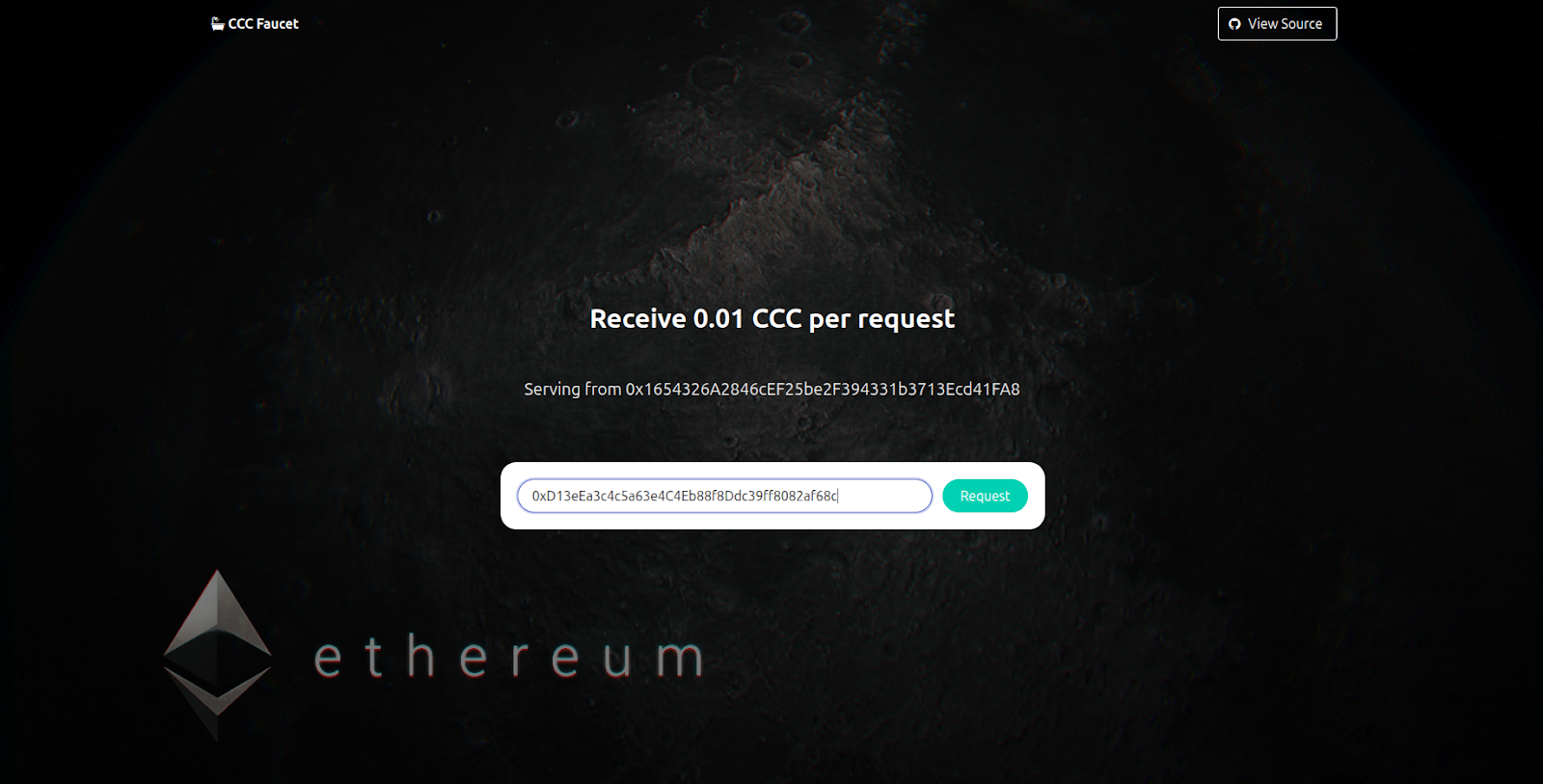What Are Testnets? A Quick Guide for New (and Experienced) DeFi Users
Testnets allow users and builders to test products out onchain before going live. Learn everything you need to know about testnets here!

Why blockchains need testnets
Before any blockchain goes live—or before a new dApp deploys major updates—it first launches on something called a testnet. Think of testnets as practice versions of real blockchains. They behave almost exactly like the main network, just without the financial risk. Developers use them to experiment, deploy code, find bugs, and make upgrades safely.
Testnets are also where users can try new features before they’re official. Whether it’s testing a swap, stress-testing an app, or helping verify a network upgrade, testnets are a low-pressure environment where mistakes don’t cost real money.
What Are Faucets?
Because testnets run on separate “testing” versions of tokens, you need special tokens to perform transactions. That’s where faucets come in.
A faucet is a free token dispenser for testnet coins. You visit a website, enter your wallet address, and receive a small amount of testnet ETH, BTC, or another token. This lets you interact with the network, sign transactions, or test a dApp without paying real fees.
Many projects use faucets as an onboarding tool—simple, quick, and free.

How to use a Faucet
You can usually find a Testnet faucet on the official documentation or website for the testnet you are using. However, for some testnets the faucets are run by the community (for example, Ethereum Sepolia). You may need to use a search engine or a community forum like Reddit to find the faucets.
When you get to the faucet, all you need to do is enter your wallet address then click ‘Request’ and you should receive your testnet tokens! Depending on the blockchain and the demand this process could take up to a few minutes for you to receive your tokens.
NOTE: You should never have to give your wallet key or recovery phrase to receive testnet tokens! If a site is asking for more than your public address, it’s a scam.

Once the faucet sends your tokens, you will be able to see them in your wallet. Now you are ready to start testing out the network! (Notice that the dollar value of the tokens is reflected as zero because testnet funds have no monetary value.)

Why Use Testnets?
1. Airdrop Opportunities
Testnets can be an early path to future airdrops. Many ecosystems reward early testers, especially those who run repeated interactions, provide feedback, or stress-test major features. Using a testnet is one of the lowest-cost ways to position yourself for these rewards.
2. Benefit the Community
By using testnets, you help developers find bugs, optimize UX, and improve network stability. Bug reports, feedback, and even simple interaction data can influence the quality of the mainnet release. In short: the more people testing, the healthier the ecosystem becomes.
3. Zero-Risk Learning
New to crypto? Learning to bridge, swap, mint NFTs, or interact with smart contracts is much easier when mistakes are free. Testnets let you build confidence before moving to real assets.

Examples of Active Testnets
Below are some of the most talked-about testnets today, each with its own goals and community activity. Some are available natively in Enkrypt, others can be added as custom networks. To learn how to manage networks in Enkrypt, follow this guide.
Cytonic Testnet
Cytonic focuses on high-performance execution and modular scalability. Its testnet is used to validate its fast block times and sequencing logic. Early testers can often experiment with DeFi primitives and stress-test the network’s speed.
Official Cytonic Testnet faucet is found here: https://faucet.evm.testnet.cytonic.com/.
Monad Testnet
Monad is a high-throughput EVM-focused chain known for parallel execution. The testnet is where users try out the network’s “Ethereum but faster” experience. Because Monad is heavily community-driven, participating early may benefit users when the ecosystem expands.
The Official Monad Testnet faucet is found here: https://faucet.monad.xyz/.
MegaETH Testnet
MegaETH positions itself as a super high-performance Ethereum L2 with near-real-time block updates. Its testnet focuses on showcasing quick execution speed and responsiveness. Testers often play with demos that highlight latency, gaming potential, and rapid state changes.
The Official MegaETH Testnet faucet is on the testnet page of the MegaETH website.
AppLayer Testnet
AppLayer is all about modularity and application-specific environments. Its testnet allows developers to try building their own custom L2-style appchains. Users testing on AppLayer typically interact with experimental apps, early governance, or new dev tools.
The Official AppLayer Testnet faucet is located here: https://testnet-faucet.applayer.com/.
Sepolia Testnet
Sepolia is Ethereum’s primary public testnet—lightweight, stable, and widely supported by wallets and dApps. It’s the standard place to test smart contracts, interact with EVM tools, or verify mainnet deployments before going live. If you’ve ever used a faucet, odds are it was for Sepolia ETH.
There is no official Sepolia Testnet faucet, all the faucets are run by the community. However, here are a few of the more well known faucets: Google Cloud Faucet, Sepolia PoW Faucet, Alchemy Faucet, QuickNode.
Final Thoughts
Testnets are one of the best ways to explore DeFi: no risk, lots of learning, and plenty of room for curiosity. Whether you’re hunting for potential airdrops, helping projects improve, or just trying new blockchain tech before everyone else, testnets are where the earliest opportunities start.
Thank you for checking out our What are Testnets article! Don't forget to download Enkrypt for a seamless web3 multichain wallet experience. We would love to hear from you on our social media about any guide suggestions you have for the future. Also, if you enjoy using mobile cryptocurrency wallets, give our MEW Mobile app a try, it's available on both iOS and Android platforms!

